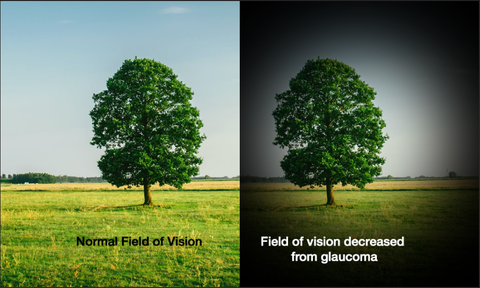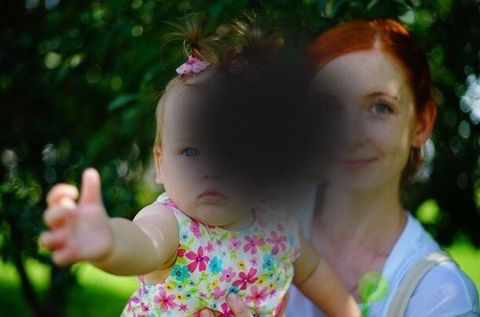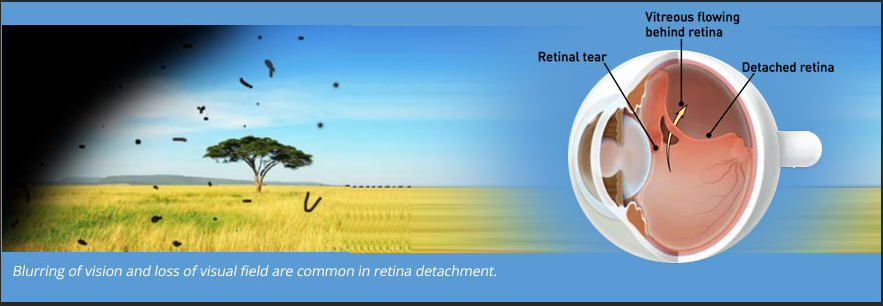

OUR SPECIALITIES
CATARACTS
Cataracts are one of the main conditions of preventable blindness. It is the clouding of one’s natural lens, situated behind the pupil. It can be explained as looking through a dirty window, even with spectacles, vision will remain poor. A quick 15 minute operation, whereby the cloudy lens is removed and replaced with a clear artificial lens, can restore sight in most patients with this condition. Although most cases of cataracts are related to the ageing process, occasionally children are born with the condition, or a cataract may develop after eye injuries, inflammation, and as a result of other eye diseases.
Photo Reference: www.cecchimd.com
CORNEA
- The cornea is the transparent tissue at the front of the eye. It acts as the eye’s outermost lens and helps to shield the rest of the eye from germs, dust, and other harmful matter.
- Keratoconus, the most common cornea ectasia disorder, is a progressive eye disease that causes abnormal corneal change in which the cornea gradually becomes steeper and, eventually, cone-shaped.
- Treatment options for corneal disease or damage include corneal transplants, Corneal Collagen Cross-Linking (CXL) and Intacs Corneal Implants. We are proud to be one of the few practices in the region offering CXL.
GLAUCOMA
Glaucoma is an eye diseases which result in damage to the optic nerve, due to increased eye pressure. Fluid is produced within the front portion of the eye and exits the eye through a drainage system. Open-angle glaucoma develops slowly over time and there is no pain. Peripheral vision may begin to decrease, followed by central vision, resulting in blindness if not treated. Closed-angle glaucoma can present gradually or suddenly. The sudden presentation may involve severe eye pain, blurred vision, mid-dilated pupil, redness of the eye, and nausea. Vision loss from glaucoma, once it has occurred, is permanent.
Photo Reference: www.cecopt.com
RETINA
- Age Related Macular Degeneration (AMD)
- Diabetic Rettinopathy
- Retinal Detachment
AGE RELATED MACULAR DEGENERATION
- Associated with aging, AMD affects the central vision needed for sharp vision and common tasks like driving and reading. Adults over age 60 are most at risk for AMD, but the disease can appear as early as age 40. Studies have also shown that women tend to be more affected with AMD than men.
- There is no cure for age-related macular degeneration, though particular combinations of vitamins and antioxidants may slow the progress in its less advanced stages. Treatment of wet AMD has advanced significantly with the introduction of anti-vascular endothelial cell growth factor (VEGF) drugs. When administered at an early stage, this treatment will prevent further vision loss and may improve vision in the majority of patients.
Photo Reference:
www.kceyeclinic.com
DIABETIC RETINOPATHY
Diabetic retinopathy is a complication of diabetes and affects one’s eyes. It's caused by damage to the blood vessels of the light-sensitive tissue at the back of the eye. In severe cases blood begins to leak from the blood vessels, into the back of the eye. It can lead to vision loss and total blindness. As diabetic retinopathy gets worse, you will notice symptoms such as: seeing an increasing number of floaters or having blurry vision. With ultra-wide field digital retinal imaging, patients can now view a 200 degree fundus photograph of their own eyes.
Reference: Mayo Clinic, Optos Website
RETINAL DETACHMENT
The retina is a light-sensitive membrane located at the back of the eye. A retinal detachment occurs when one of the sensory layers in the retina separates from another. This causes loss of vision that can be partial or total, depending on how much of the retina is detached. When your retina becomes detached, its cells may be seriously deprived of oxygen. Retinal detachment is a medical emergency. There’s a risk of permanent vision loss if a retinal detachment is left untreated or delayed.
Photo Reference:
www.indiaeye.com
OCULOPLASTICS OR OCULOPLASTIC SURGERY
Oculoplastics, or oculoplastic surgery, includes a wide variety of surgical procedures that deal with the orbit (eye socket), eyelids, tear ducts, and the face. It also deals with the reconstruction of the eye and associated structures.
REFRACTIVE EYE SURGERY
Refractive eye surgery is an eye surgery used to improve the refractive state of the eye and decrease or eliminate dependency on glasses or contact lenses. This can include various methods of surgical remodeling of the cornea (keratomileusis), lens implantation or lens replacement (cataract surgery)
Photo Reference: www.leehmeyecentre.com.sg
DRY EYE
Dry eyes impact your vision very significantly as the light rays entering the eye actually bend on the surface of the tear layer and not the cornea as one might imagine. If the tears are unstable, then the vision is less crisp.
CORNEA TRANSPLANT
The cornea is the clear, dome-shaped tissue covering the front of the eye. If the cornea becomes distorted or hazy from disease or injury, the light rays entering the eye is distorted and the vision is reduced. A corneal transplant may be necessary to replace the diseased or injured cornea with a healthy clear donor cornea.
CONTACT
Tel:
012 6445100
Fax: +27(0)12 644 5001
Emergency/Doctor on call:
+27(0)82 891 9706
Email: info@eyecare.co.za
ADDRESS
BUSINESS HOURS
- Mon - Fri
- -
- Sat - Sun
- Closed
Copyright © 2021 | All Rights Reserved - Designed by Imagine Mobile (Pty) Ltd T/A Eazi-Apps - Privacy Notice - PAIA Manual




